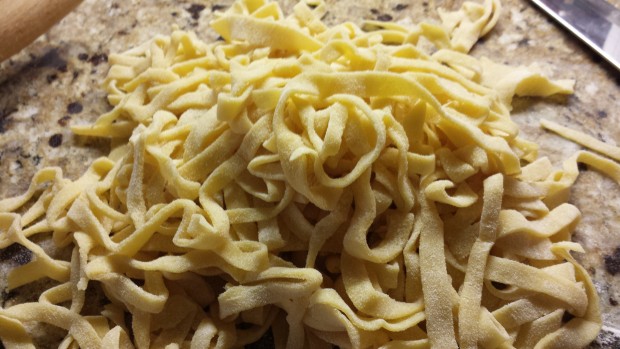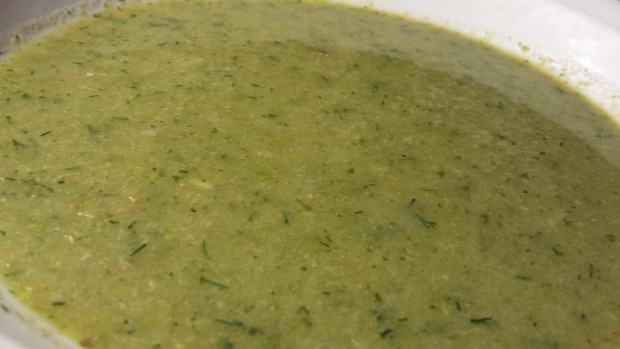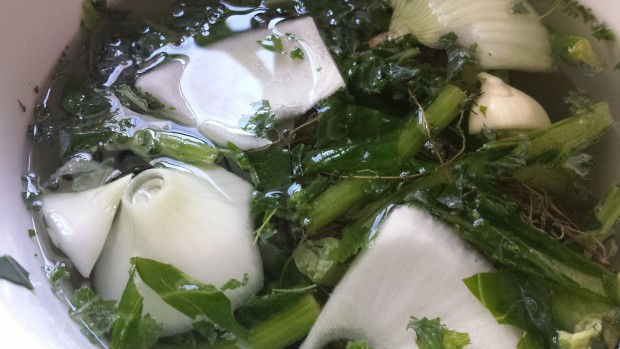I like to make food. Lots of us do. I’ve been in food for a long time now, both in an outside of home, and really enjoy my life as home cook. Creating in the kitchen is meditative and instinctive for me; I don’t have to think much about it in terms of making it up as I go along. However, I do think a lot about it and am always considering how to make my life in the kitchen more efficient and effective, while churning out really high quality, delicious food stuffs that I attempt to closely align with cultural and creative integrity. I make as much food at home as I can, because I think most “outside” food simply isn’t that good (and I mean that), and it costs more; and because I know what goes into my food, and, thus, into the bodies of my family; and because, when I cook, I often batch, which makes general and future food creation pretty easy. As we are planning for a life on the road, I am reconsidering how my life in the kitchen will look and feel, as well as what I will be able to crank out with limited space: What equipment will I/can I take? Should I take along canning supplies? Will limited refrigerator, freezer and pantry storage change my meal planning? And, more interestingly, what fun culinary experiences will I have inventing meals made from foods available specific to region? It is at this point that I take stock — literally and figuratively — of my kitchen supplies, my goods and my space.

Stock is hands-down the most basic, most fundamental and most important ingredient in my kitchen. I make vegetable stock — and many other types of stock — very often in order to have it in ample supply; always there is some stock variation in rotation in my kitchen (currently fish). Most of the time it resides in the freezer, batched according to season and idea: in winter, I keep hearty vegetable stocks around for heart-warming soup-making; in summer, I keep light stocks at-the-ready for minestrone or light sauces; I keep crustacean shells of all sorts in the freezer for all of my fish stews and bisques; remnant beet and tomato juices wait in frozen slumber to become a delightfully flavorful tomato soup; and, usually, there is a savory mushroom stock at-the-ready for a healing broth, mushroom pot pie or pâté, or udon noodle soup. When friends or family wonder how I “just whip something up,” it is often because I have stock in the freezer (among other things). When all else fails or time is not on my side, there is always soup.

Many of us can remember where we were during major national events or tragedies. Many of us know exactly where we were when George W. Bush or Barack Obama were elected — both times. Many of us have stories resulting from the Winter of 2014. I know where I was when I heard that Sarah Vaughan had died, and I know exactly where I was and what I was doing the first time I heard D’Angelo sing “Cruisin'” (fall, 1995, East Lansing, Michigan, Power 96.5, driving down Michigan Avenue to volunteer at shelter in crappy red, two-door Gran Prix, about 6 PM. Car stereo might have been stolen that night, too, but I can’t remember.). But I might be the only person that I know who remembers exactly where she was when she first encountered a recipe for vegetable stock (late nineties, Ann Arbor, Michigan, alone in my flat, small stove, WEMU jazz on the radio, Didi Emmons, Vegetarian Planet. Nerrrrrrd!).
Yes, indeed, as I perused the pages of Didi’s Emmons Vegetarian Planet, I discovered a recipe for vegetable stock. Like, duh. DUH! At the time, I was a burgeoning cook and a vegetarian. I lived alone in a tiny flat, loving my solitary life full of music, walks and contemplation, and was discovering food. If any recipes for stock — with bones or otherwise — existed in my family’s culinary history, I did not know of them. It simply had not occurred to me that one could just make stock (clearly I had yet to discover French cuisine). It seemed so easy and so effortless and so smart, and I swear the book levitated, the recipe glowing from within saying, Look at me! Kind of like when Vincent opened the briefcase in Pulp Fiction; it definitely spoke to my soul.
There was no doubt about it: I had a crush. My culinary life would never be the same.

As I remember it, Didi’s recipe for vegetable stock called for fresh ingredients: onion, carrot, parsnip, zucchini, parsley, a little salt and pepper, and probably some herbs, like a bay leaf. I bought the ingredients, I made the stock, I smelled it, loved it, caressed it as best I could, hugging it with oven mitts, it being scalding hot and all. I could see the chopped vegetables bobbing up and down, the parsley afloat as the water gently boiled. It smelled of heaven, and modestly revealed its delicate light green color. And the taste was superb! Oh, I was in love. I simply savored the moment, the color, the revelation. Really. What can I say? It was a divine experience, and it changed me forever, because it fell in line with the same values that were starting to take shape for me in the quietude of my little second-story flat: independence (you can do it yourself); creativity (use whatever you have, make it yours); beauty (love coming from the most basic of things); freedom (having tools, resources, knowledge to in order to roam); instinct (going with your gut will serve you well).
It all might seem mushy and lovey, but it — this stock-making — merges nicely with a life untethered: prepare yourself with some essential stuff and you actually will have the freedom to do what you want.
I cannot recall the last time I bought stock of any sort from a store. To quote Yosemite Sam, “I’m a-gin it.” It simply does not contend with homemade stock; there is nothing better than stock made from your own kitchen. And it is really easy to make. However, it is not easy to recreate in recipe form, because I don’t use recipes, and I don’t measure, except in baking (most of the time), and I almost always make stock from items that I have in the refrigerator or have thrown in the freezer for future stock-making, which is often dictated by what’s in season. Or, in our case, what’s around us.

Or will be, which brings me to traveling. I have no doubt that my ways in the kitchen will change all cozy-ed up in a small travel trailer kitchen. Firstly, I am considering weight. Glass Mason jars take up space and can be heavy, but they are versatile. They can be used for drinking glasses and food storage aside from canning. Many folks use Mason jars in the freezer, but I have not had much luck doing that: a jar always cracks. I end up freezing much of my stock in plastic, which is convenient, won’t break, stacks and is lightweight. However, I don’t use much plastic otherwise, and would love to avoid it on the road. Canning would be ideal, but it takes time.
Secondly, I have to consider how I cook. In consideration of stock-making — and batch cooking in general — I need a stock pot, of which I have many. Again, I think about weight and storage. I have a stock pot with jar clamps, but it’s large. My other stock pots would work for cooking, but not for canning. Furthermore, all but one of my pots will be too wide for the small stove that comes along with small travel. Perhaps I’ll be batch-cooking more often than I normally do. Perhaps I could can in pint jars, rather than in quarts.

Finally, I am thinking about resources. While on the road, we have hopes of hanging out with local farmers and at farm markets. Using fresh food requires keeping it healthy and alive, washing it and storing it properly. We might be away from “civilization” for long stretches at a time. Good practice for someone who wants to be off the grid. I’m trying to imagine being out in the woods or up in the mountains and what I will use to make food. Makes me want to learn to be a better forager. It would help in my resourcefulness.
So, in my opinion and in my practice, at this point in making stock one has to assess what one has in stock. If you prefer to buy fresh ingredients, that is fine. And if buying in season is unimportant to you, that is fine, too, although your stock will taste better, fresher, the more in-season your ingredients are. But my “just whipping up” food often stems from what is currently in my refrigerator or freezer, and that goes for making stock as well. Save your bits and stalks and stems, use your dying veg, pull from your dried herbs (or freeze summer herbs for later winter use) and don’t be afraid to try and experiment. It is rare when stock could turn out poorly. For me, it always turns out splendidly, interestingly.
So, if you were to take stock of your fridge, freezer or pantry, what would you have in store? Could you make stock, even with basic ingredients? I bet you could. If I were to make stock right now, here is what I would use and how I would use it:
End-of-Winter (Mostly from the Freezer) Vegetable Stock
1 large stock pot that can hold up to 12 cups (3 quarts) of water plus ingredients
Olive oil, white wine or dry vermouth
2 large garlic cloves, smashed or cut into halves
1/2 – 3/4 red onion, sliced into rings or roughly chopped
2 medium or 3 small potatoes, unpeeled, cubed
3/4 – 1 cup carrots, chopped
1 cup chopped purple cabbage
kale stalks from freezer and fridge
leek stalks – whatever was left in freezer, usually the green parts
flat-leaf parsley, stems and all
bay leaf
dried dill
kosher salt and cracked pepper






